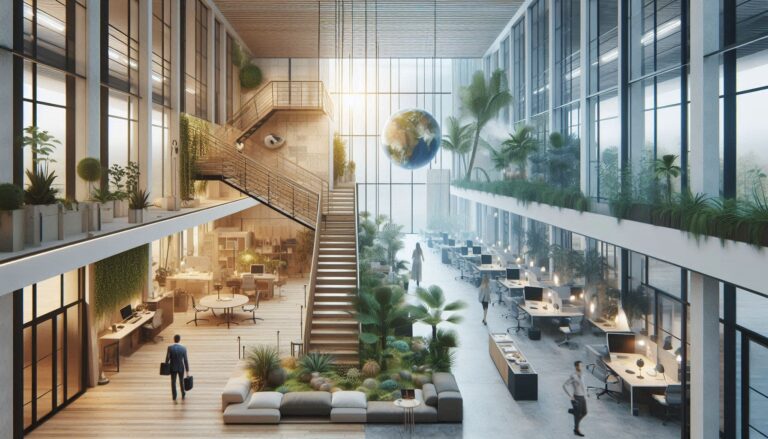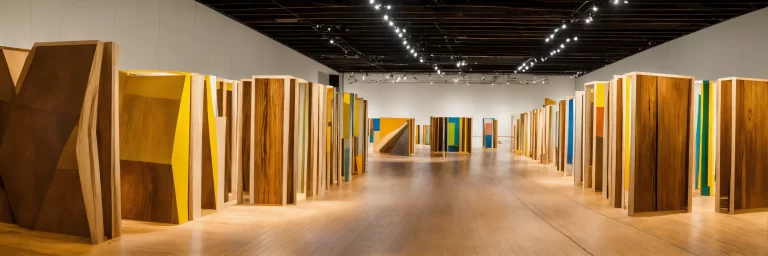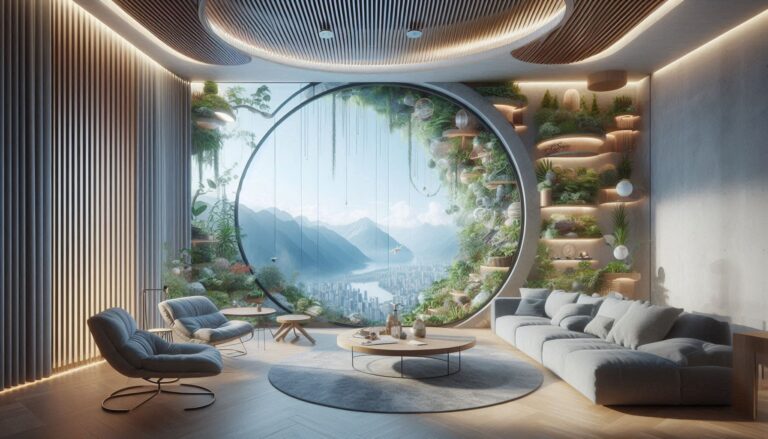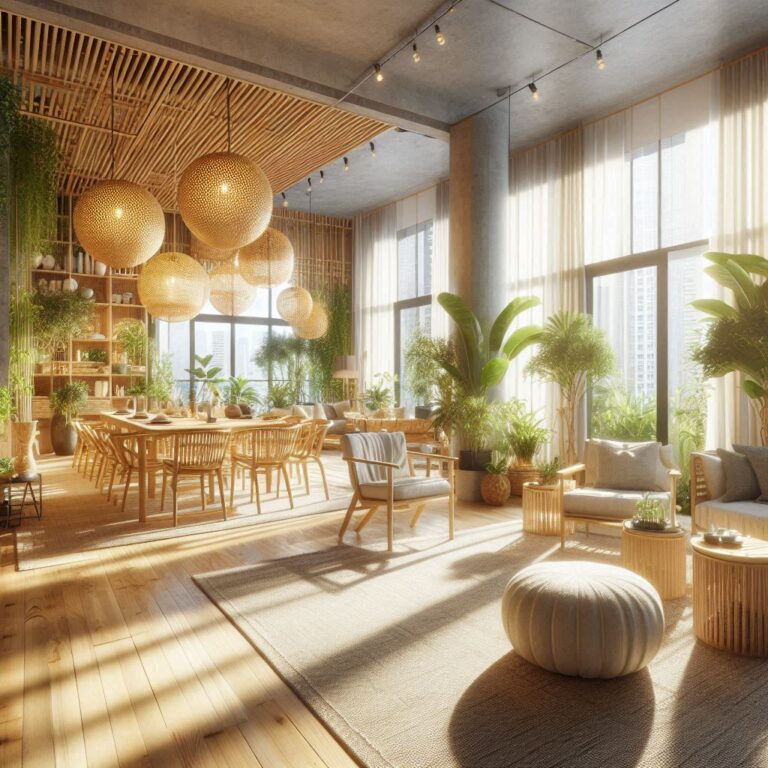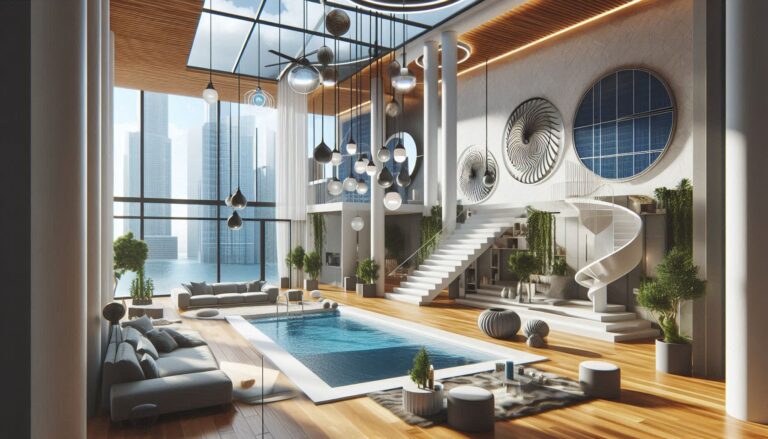Case Study: Sustainable Residential Design That Blends Style and Eco-Friendliness
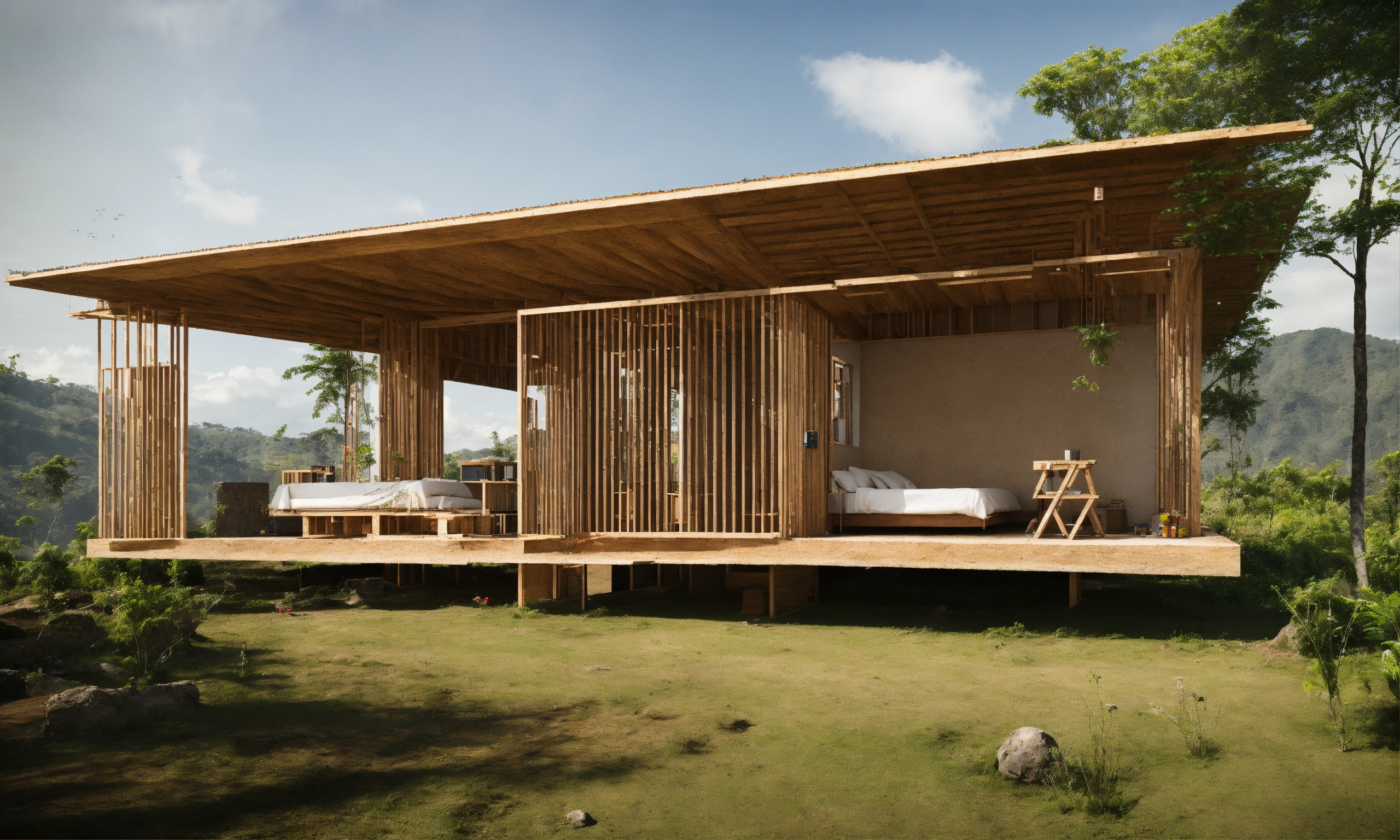
Sustainable residential design doesn’t have to compromise on style or comfort. In fact, it offers a unique opportunity to create spaces that are not only beautiful and functional but also eco-friendly and energy-efficient. This case study highlights how a modern family home was transformed into an energy-efficient, sustainable living space while maintaining its aesthetic appeal.
Project Overview
The project involved a complete renovation of a mid-century home, with a focus on using sustainable materials, energy-efficient systems, and creating a design that would minimize environmental impact while ensuring comfort and style for the homeowners.
Design Challenges
One of the biggest challenges was maintaining the home’s original charm and architectural features while integrating modern sustainable practices. Additionally, the goal was to reduce energy consumption, improve indoor air quality, and minimize waste during the renovation process.
Sustainable Solutions
1. Energy-Efficient Insulation and Windows
To reduce heating and cooling costs, the home was outfitted with high-performance insulation and energy-efficient windows. The new windows allowed natural light to flood the space while reducing the need for artificial lighting and controlling temperature fluctuations.
2. Solar Panels
The addition of solar panels to the roof helped the family generate their own renewable energy, significantly lowering their reliance on grid electricity and reducing utility bills. The system was designed to complement the home’s energy needs and seamlessly integrate into the design.
3. Sustainable Flooring
The flooring was made from locally sourced reclaimed wood, which added warmth and character to the interiors while reducing the need for new resources. Cork flooring was used in areas like the kitchen and bathrooms, offering a sustainable, durable, and comfortable alternative to traditional flooring options.
4. Low-VOC Paints and Finishes
To improve indoor air quality, low-VOC (volatile organic compounds) paints and finishes were used throughout the home. This helped reduce the emission of harmful chemicals, creating a healthier environment for the residents.
5. Water-Efficient Fixtures
Water-saving fixtures like low-flow faucets, showers, and toilets were installed to help conserve water without compromising on performance. The addition of rainwater harvesting systems also allowed for the use of collected rainwater for landscaping needs.
Outcome
The result was a beautiful, modern home that embraced sustainability without sacrificing style. The homeowners enjoyed lower energy bills, a healthier indoor environment, and a stronger connection to nature. The project showcased how blending eco-friendly solutions with design aesthetics can create a space that is both functional and responsible.
Conclusion
This case study demonstrates that sustainable design can be both stylish and eco-friendly. By choosing the right materials, integrating renewable energy systems, and prioritizing the health of the inhabitants, interior designers can create homes that are not only visually appealing but also environmentally responsible.

